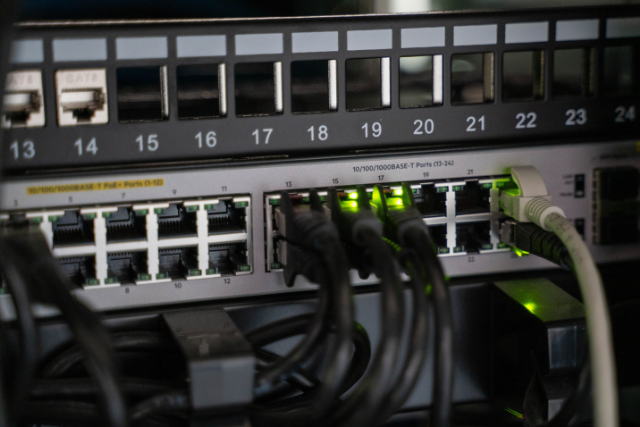Take 3 minutes to read this article
No one wants to think about things going wrong. Being able to have the information we need right when we need it has become the norm for modern businesses and has enabled growth, organization, and data accessibility far beyond what was available a short decade ago.
But things do go wrong.
From malicious attacks to natural disasters, to a simple hardware failure or corruption, data is lost every day, and for businesses that failed to have a backup, this loss of data can be devastating.
What is a Backup and Disaster Recovery Plan?
A backup and disaster recovery plan ensures data is protected by regularly copying and storing data in a separate system. In the event of a disaster, IT teams use those copies to restore the data, minimizing downtime and data loss. Having a plan in place can turn what could have been a major disaster into a minor disruption.
Why Do Businesses Need a Backup and Disaster Recovery Plan?
In 2022, a study found that 76% of organizations worldwide experienced unexpected downtime due to data loss the previous year. The Disaster Recovery Journal reported that 82% of organizations surveyed have had to use their backup and recovery plans at least once in the past 5 years. Of those, 24% reported having to use it more than 5 times in the past 5 years. The fact remains—businesses that are prepared to face disasters are more resilient, reducing downtime and protecting valuable data.
Deploying Used Hardware for Backup and Recovery
While some companies have moved their backups to the cloud, others continue to use on-premises backups, whether keeping the entire environment on-prem or partial systems. Because the machines housing the backup data don’t have to be the latest and greatest models, many businesses use refurbished or redeployed equipment for a cost-effective and sustainable solution.
Cost-Effective
Investing in new hardware for backup and disaster recovery infrastructure can be costly, especially for businesses with limited budgets. By redeploying hardware that has been retired from its original purpose in your organization, businesses extend the life of hardware and avoid monthly cloud bills. For businesses that do not have hardware that can be redeployed, refurbished hardware offers a cost-effective alternative, providing reliable performance at a fraction of the cost of new equipment.
Secure
On-prem backups are offline, ideal for data that businesses might not want on the cloud. The data remains securely behind the network’s firewall, adding an extra layer of protection. It does not require an internet connection to access, so the data is available even when experiencing network issues.
Sustainable
In addition to cost savings, using refurbished hardware aligns technology with sustainability initiatives. By extending the life of IT equipment through reuse, businesses reduce e-waste and minimize their carbon footprint.
Backup and disaster recovery plans are an essential part of an IT strategy, ensuring data protection and continuity in the face of disaster. By deploying refurbished hardware from trusted providers like CentricsIT, businesses can build cost-effective, sustainable, and scalable backup and disaster recovery solutions that safeguard their operations and reputation.





